-

The budget foldable
Motorola Razr (2024)
The Motorola Razr (2024) packs several improvements over its predecessor, including a much bigger cover display that’s actually helpful. It’s also one of the most affordable foldables.
Pros- Excellent pricing
- Functional cover display
- Good battery life
Cons- Slower wired charging
- Not the fastest phone
- More basic cameras
-

Flagship flip
Motorola Razr+ (2024)
$900 $1000 Save $100
The Razr+ (2024) also features several upgrades, including the biggest cover display on a flip phone. It also houses a capable chip, a reasonably big battery, and a telephoto shooter.
Pros- Almost edge-to-edge cover display
- Faster SoC
- Decent telephoto camera
Motorola’s 2024 pair of flip-style foldables brings several welcome improvements, including larger cover screens, brighter primary displays, and faster wireless charging support. The new phones also have better water resistance and updated cameras.
As you might expect, the Plus model is the higher-end sibling, costing more and promising faster performance thanks to its more powerful SoC. So, which should you pick if you’re in the market for a new flip phone? Let’s find out.
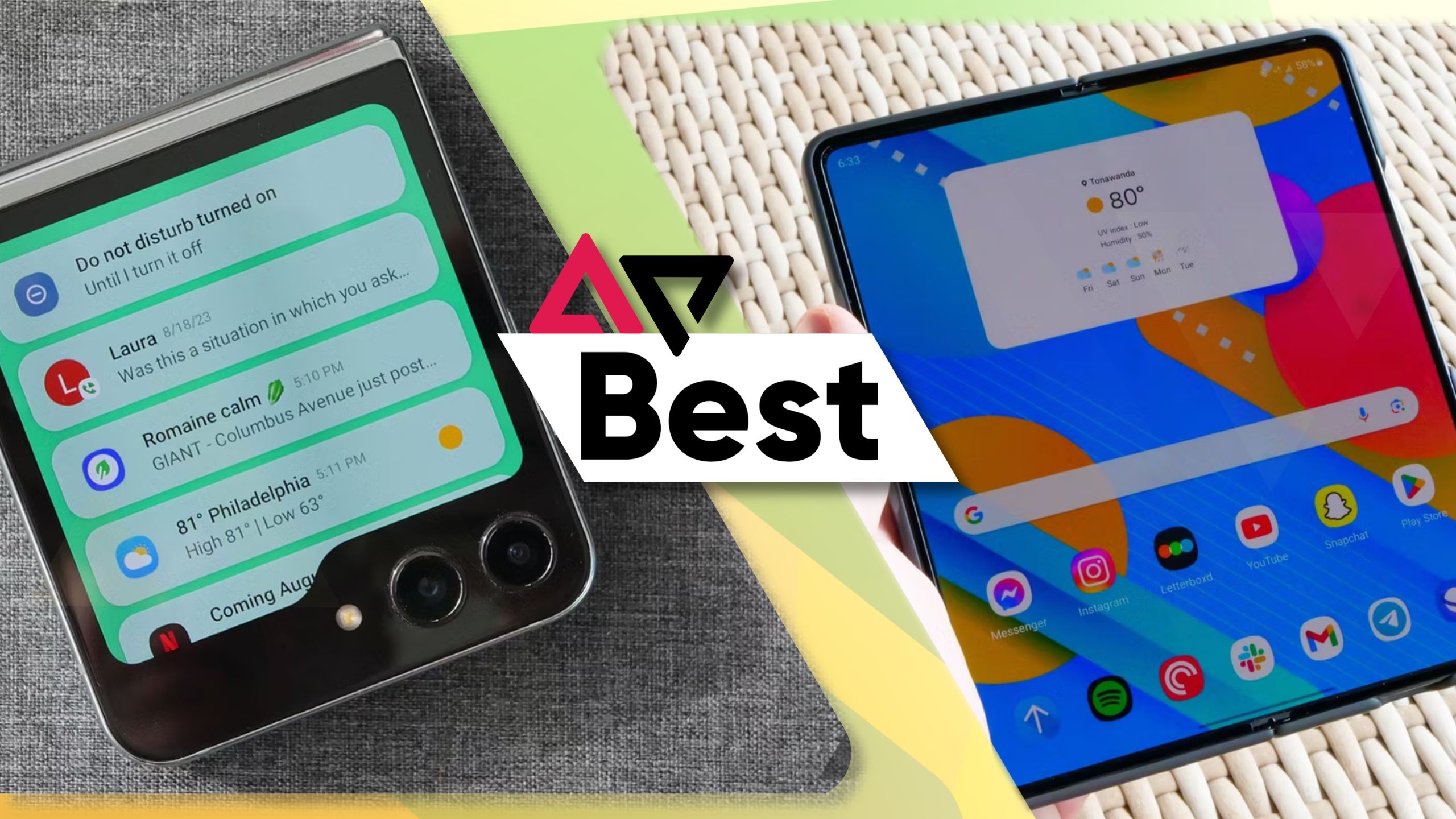
Read our ranking
Best foldable phones in 2024
Flip phone or folding tablet, there’s something for you
Price, availability, and specifications
The Motorola Razr (2024) has the same launch price as its predecessor and retails at $700. However, the newest iteration offers more onboard storage. Similarly, the Razr+ (2024) has a $1,000 price tag, the same as last year’s model, but it keeps the same onboard storage.
Both phones are now on sale via all major online and physical retailers. You can also buy the Razr from T-Mobile and the Razr+ from both AT&T and T-Mobile.
Here’s a quick look at the raw specifications of the two phones before diving deeper.
-
Motorola Razr (2024) Motorola Razr+ (2024) SoC MediaTek Dimensity 7300X Qualcomm Snapdragon 8s Gen 3 Display type pOLED pOLED Display dimensions 6.9-inch, 120Hz refresh rate; 3.6-inch cover display, 90Hz refresh rate 6.9-inch, 165Hz refresh rate; 4-inch external screen, 165Hz refresh rate Display resolution FHD+ (2640 x 1080) Folding screen: FHD+ (2640 x 1080) RAM 8GB LPDDR4X 12GB LPDDR5X Storage 256GB UFS 2.2 256GB UFS 4.0 Battery 4,200mAh 4,000mAh Charge speed 30W wired, 15W wireless 45W wired, 15W wireless charging Charge options Wired, Wireless Wired, Wireless Ports USB-C (USB 2.0) USB-C (USB 2.0) SIM support eSIM, Physical SIM eSIM, Physical SIM Operating System Android 14 Android 14 Front camera 32MP f/2.4 32MP f/2.4 Rear camera 50MP f/1.7, 13MP f/2.2 ultrawide 50MP f/1.7 with OIS; 50MP f/2.0 telephoto with 2x optical zoom Cellular connectivity 5G 5G Wi-Fi connectivity WiFi 6/6E Wi-Fi 6E/7 Bluetooth Bluetooth 5.4 Bluetooth 5.4 Dimensions 73.99 x 171.30 x 7.25mm (open); 73.99 x 88.08 x 15.85mm (closed) 73.99 x 171.42 x 7.09mm (Open); 73.99 x 88.09x 15.32mm (Closed) Weight 188g 189g IP Rating IPX8 IPX8 Colors Koala Grey, Beach Sand, Spritz Orange Midnight Blue, Spring Green, Peach Fuzz, Price $700 $1,000
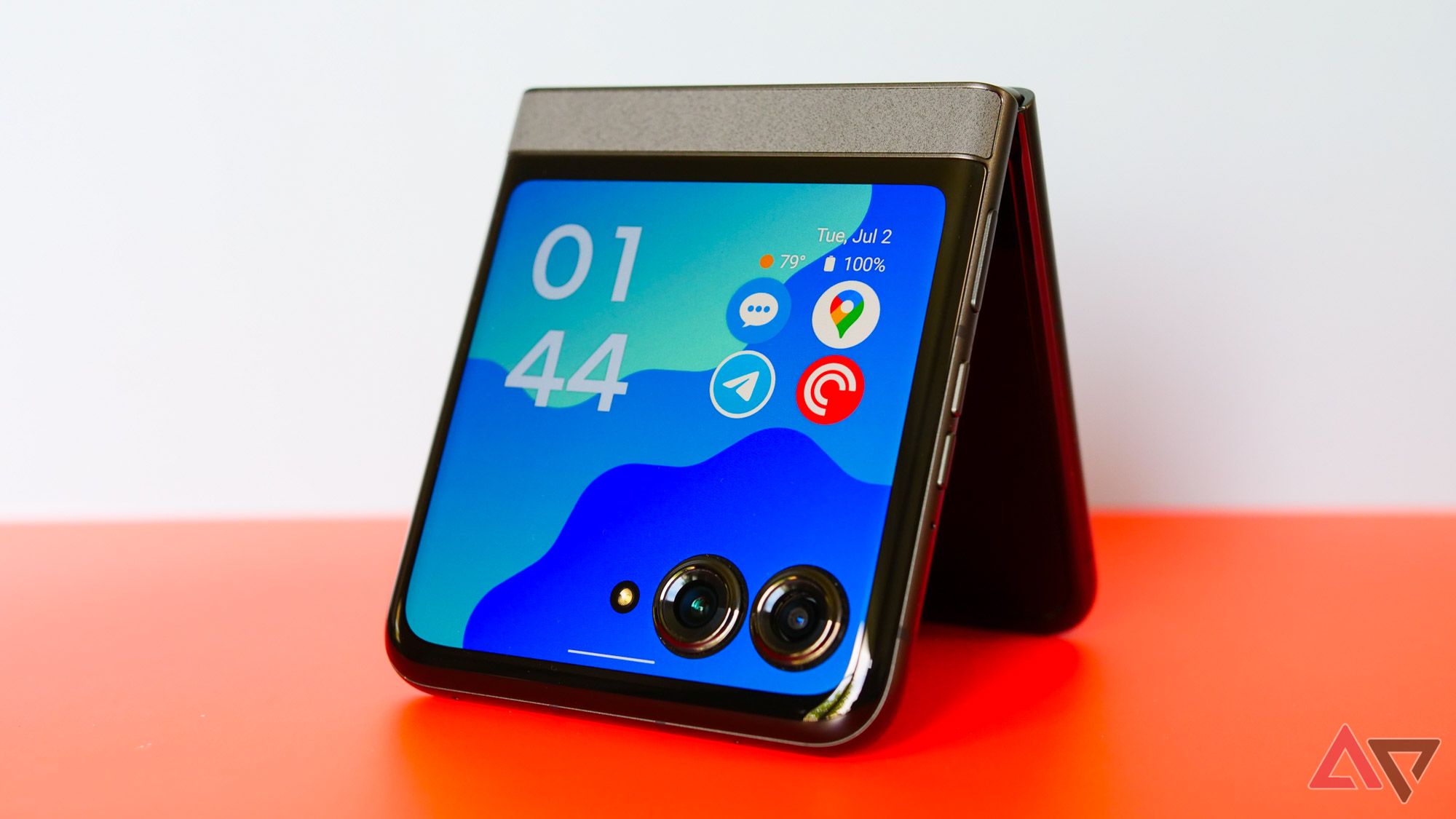
Read our review
The Motorola Razr (2024) is a killer foldable that deserves better software support
Moto’s software game can’t match its hardware
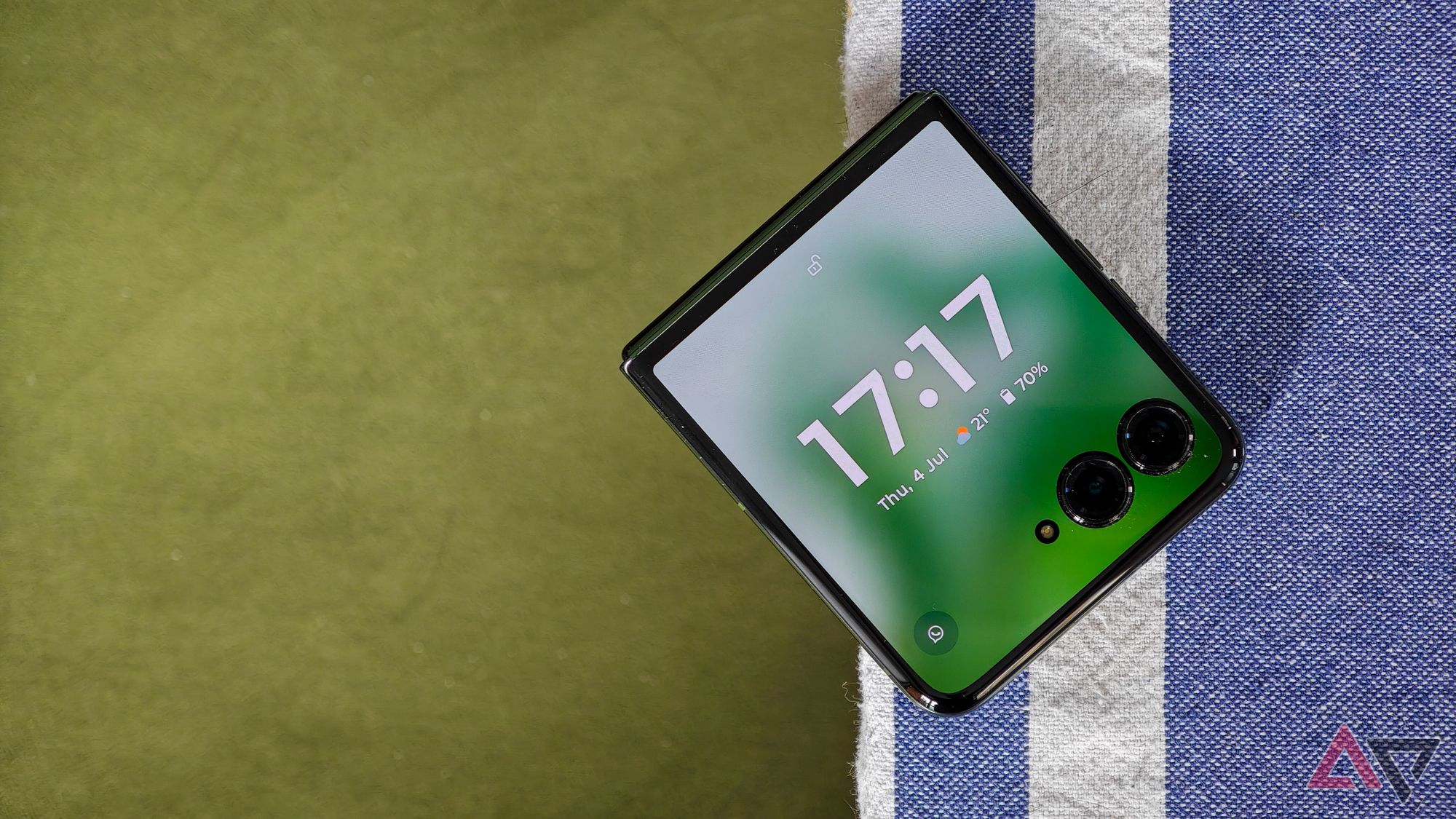
Read our review
Motorola’s new Razr+ is everything I want from a flip phone
Proper software updates would be nice, though
Design and display
The Razr and Razr+ have almost the same design, with an aluminum frame, an eco-leather back, a glass front, and a steel hinge. The only significant difference you’ll find is in the cover display. While the Razr+ has an almost edge-to-edge cover display, the regular Razr sports a slightly smaller screen on the front, leaving a bit of the front for vegan leather. Otherwise, the two phones look pretty much alike.
The build quality of the two models has improved from previous generations. One of the biggest improvements is the updated hinge, which is slimmer and sturdier. It feels much better to open and close the phone. Plus, the Razr and the Razr+ now have IPX7 water resistance, so they can survive in up to 1.5 meters deep water for up to 30 minutes, a significant upgrade over the previous generation’s water-repellant coating.
Displays also pack several upgrades. The regular Razr now has a much bigger 3.6-inch cover display, allowing you to do a lot on the external display. This cover display is an OLED panel with 1,700 nits peak brightness, 90Hz refresh rate, and a 413 ppi resolution.
The Razr+, which already had a pretty sizeable cover screen in the previous generation, now houses an even bigger cover display of 4-inches. It has a much higher 2400 nits peak brightness and up to 165Hz refresh rate. It also supports Dolby Vision, but it’s pretty much useless, given you’re unlikely to consume video content on the cover display.
The primary foldable displays in the two phones are quite similar: 6.9-inch OLED panels with a whopping 3,000 nits peak brightness. However, the Razr+ has a higher 165Hz refresh rate than the 120Hz refresh rate of Razr’s main display.
Software
The Razr and the Razr+ both run on Android 14, and as noted in our reviews, the software experience is largely positive. There are no annoying lock-screen ads or pre-installed bloatware. Cover screens can run any apps installed on the phone, use widgets, and more; Google Gemini also replaces Google Assistant as the default digital assistant on the new Razrs, which you can even trigger from the cover display.
The one noteworthy disappointing aspect of the software is the updates. The company promises three major Android updates and four years of security updates. While this would have been fine a few years back, it’s hard to digest when Google and Samsung offer seven years of updates on some of their devices.
As we’ve seen in the past, Motorola also drags its feet in releasing these promised software updates. For example, as of July 2024, the 2023 Motorola Razr has not received the Android 14 update.
Performance and battery
Performance is one area where the Plus model easily outshines the regular Razr. The company packed Qualcomm’s Snapdragon 8s Gen 3 in the Razr+, and while it’s not the fastest chip in Qualcomm’s portfolio, it’s more than enough for the phone. Paired with 12GB of RAM, it delivers smooth day-to-day performance and a fluid gaming experience.
In comparison, the company has gone with a mid-range MediaTek Dimensity 7300X chip in the base Razr. It’s adequate for most day-to-day tasks, but don’t expect it to deliver maximum frame rates in graphic-intensive games. So, if you want top-notch performance, you’re better off with the Razr+. Otherwise, the regular Razr is more than enough for everyday use.
Moving on to batteries, both phones can last an entire day of mixed usage with ease. The slightly bigger 4,200mAh battery in the regular Razr helps it slightly, but don’t expect a big difference in this area. The Plus model has an advantage on the fast-charging front, though, as it supports 45W wired charging, whereas the regular Razr tops out at 30W.
Both phones can be charged wirelessly at up to 15W using a compatible Qi charger. Plus, you get 5W reverse wireless charging on the Razr+, which can be handy in a pinch.
Other notable feature differences between the two Razr models include dual-frequency GPS and Wi-Fi 7 support on the Razr+. As the Razr supports Wi-Fi 6E, you won’t lose much on fast wireless connectivity since most people don’t have Wi-Fi 6 routers in their home, let alone Wi-Fi 7.
Cameras
The two Razr phones have surprisingly different camera systems. While the primary shooter in both phones is a 50MP unit with f/1.7 aperture and OIS, the Plus model ditches the ultrawide for a 50MP telephoto camera with f/2.0 aperture and 2x optical zoom. The regular Razr has a 13MP ultrawide with an f/2.2 aperture and a 120-degree field of view. The internal selfie shooter is also the same 32MP camera with f/2.4 aperture.
Although both phones’ primary cameras have similar specs on the surface, the results are actually very different, helped along by the Razr+’s superior chipset. It delivers more detail, deeper color range, and far better lowlight performance than the regular Razr — though it still can’t compete with better camera phones in low-light conditions. Similarly, the telephoto shooter on the Razr+ performs well in the proper lighting. While the 2x optical zoom is a bit low, you can get serviceable shots out of it up to 4x digital zoom. In comparison, the regular Razr’s ultrawide is just good enough for occasional group shots.
Thanks to the foldable form factor, you can also use the 50MP primary shooter for selfies; it will net you far better results than the internal selfie shooter.
Which should you buy?
Although the Motorola Razr and the Razr+ have several similarities, the Razr+ outshines the regular model with its faster processor and almost edge-to-edge cover display. Its 45W wired charging is also helpful if you like to juice up your phone at the last minute. Moreover, the dual-frequency GPS will help get better and faster location locks.
So, if you want the better phone out of the two and have a $1,000 budget, the Razr+ is an easy choice. Besides all the advantages over the regular, it gives you an excellent primary OLED display, better cameras, and day-long battery life.

Editor’s pick
Motorola Razr+ (2024)
The best flip phone
$900 $1000 Save $100
The Razr+ is the better choice between two new Motorola Razr models in 2024. It packs a larger cover display, a faster chip, and quality-of-life extras like dual-frequency GPS and telephoto camera.
However, the regular Razr is an excellent alternative if you want a clamshell foldable, but don’t need flagship-grade performance. Its cover display may not be edge-to-edge, but it’s still quite functional. Its primary display is also almost the same as the Razr+, albeit with a slightly lower refresh rate. Finally, the MediaTek chip is good enough for everyday tasks and will keep you happy unless you want to use it for more intensive tasks.

Runner-up
Motorola Razr (2024)
Value for money
The Razr (2024) is an excellent option if you want to pick a flip-style foldable without breaking the bank. It’s fast enough for everyday tasks and has a functional cover display.
Source link

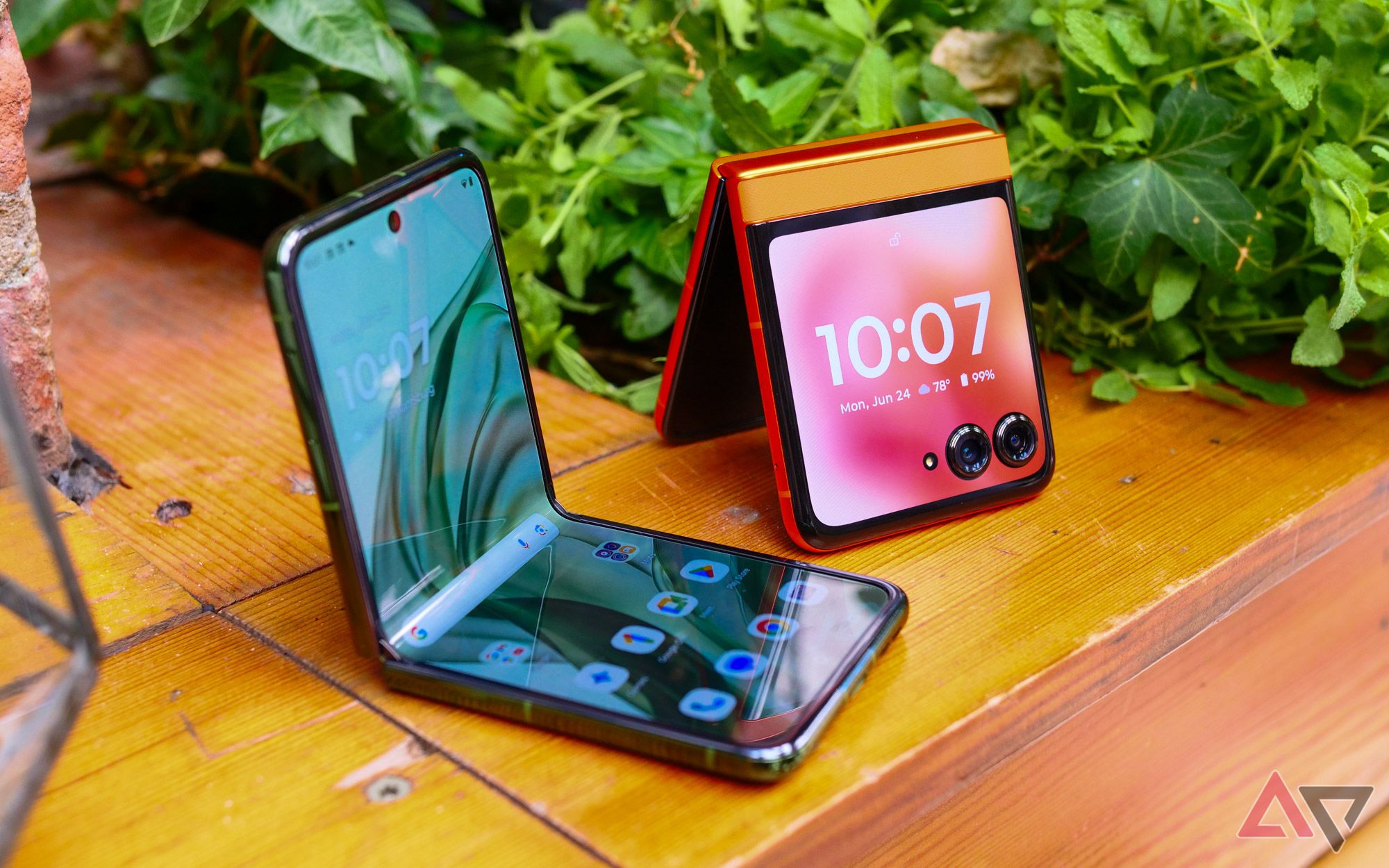
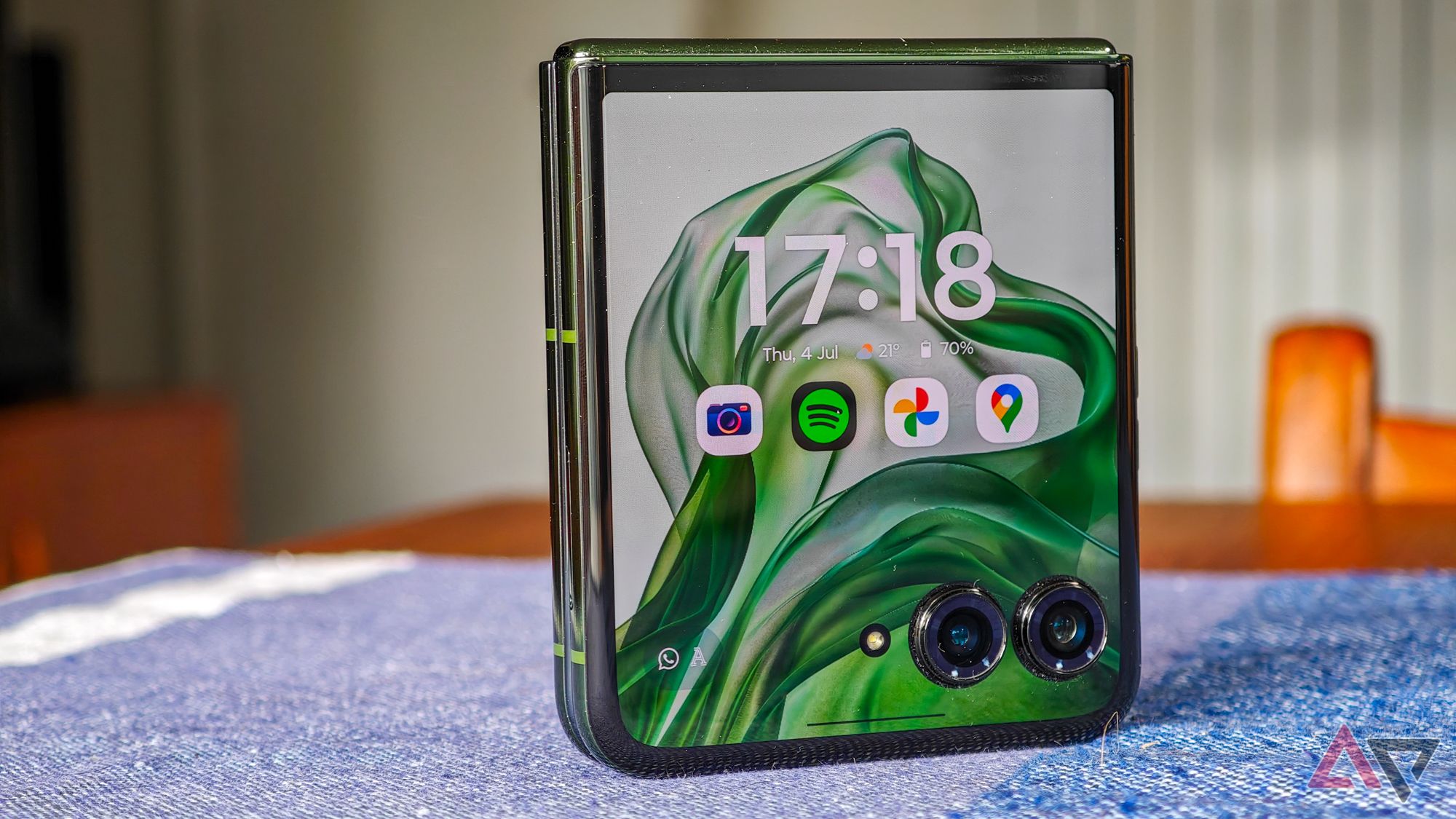
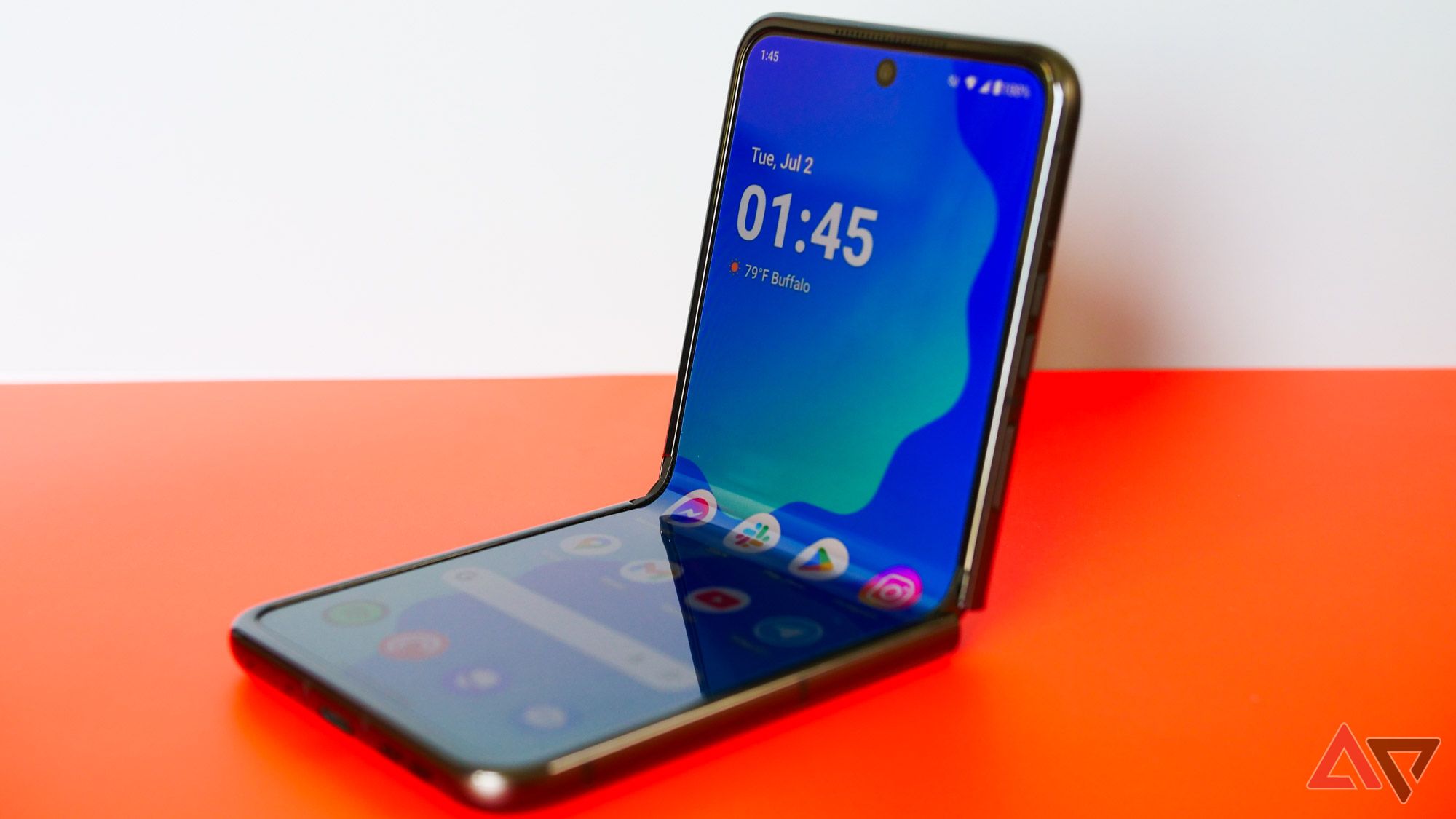
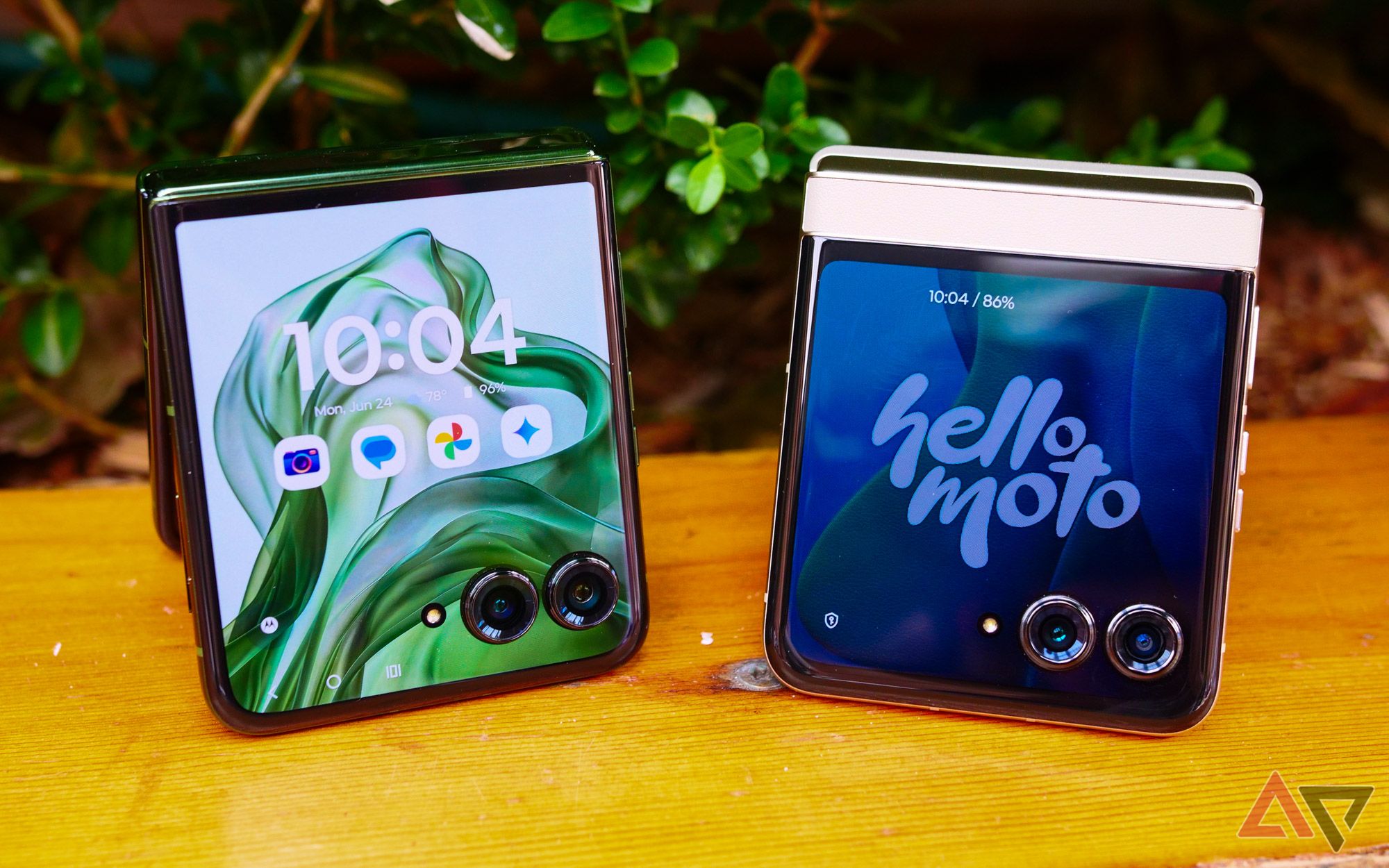
![Samsung Galaxy S24 Ultra long-term review [Video]](https://www.theandroid.net/wp-content/uploads/2024/08/s24-ultra-long-term-review-thumbnail-150x150.jpg)